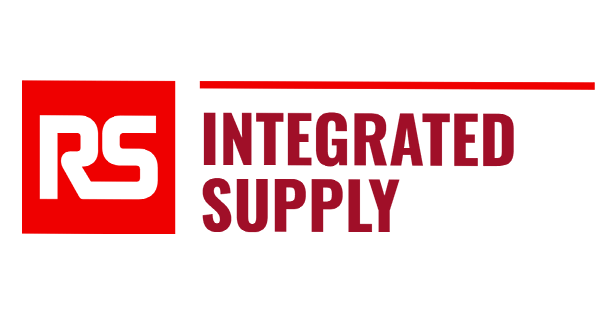A predictive maintenance approach with a properly working condition monitoring system saves £396.000,00 per failure.
The Background
Bearings are critical components in mechanical systems and are pivotal in reducing friction between moving parts and supporting loads. They operate under harsh conditions, including high loads, speeds, and varying temperatures. Over time, these conditions can cause wear and tear, leading to potential failures. Bearing maintenance is essential to ensure manufacturing assets’ smooth operation and longevity. Failure to maintain bearings adequately can lead to severe operational disruptions, costly repairs, and extended downtimes.
This study covers a Reliability Engineering support case of RS Integrated Supply for one of its clients, who is a global leader in the food and beverage industry. Operating across multiple sites, the client is renowned for high product and production quality. Their operational mission includes minimising downtime and reducing their carbon footprint. Despite these efforts, they faced significant operational challenges due to repetitive bearing failures on their labeller machine. Responsible for labelling the final products, this machine plays an essential role in mass production, causing any downtime to halt the entire production process. Due to this situation, each failure caused up to 36 hours of production downtime, leading to an estimated financial loss of £396.000,00.
To address this problem, the dedicated Reliability Engineer proposed an improvement project to significantly reduce the risk of downtime.
The Challenges
The primary challenge was unexpected bearing failures, which resulted in prolonged downtime and substantial financial losses. The main reason for these failures was the existing maintenance approach. Although a systematic monitoring program involving a vibration control system and bi-weekly manual health checks was in place, these measures were ineffective due to gaps in the data flow to the client’s CMMS system and unclear roles and responsibilities in interpreting the data, highlighting the need for a more reliable, easier-to-run, and proactive approach.
Within this context, the project’s goal was to reduce unplanned downtime, enhance equipment reliability, and improve overall operational efficiency.
Project Objectives
- Investigate and identify alternative bearing technologies.
- Assess current vibration systems on-site and improve as necessary.
- Expand current vibration analysis systems to continuously monitor equipment health and provide early warnings of potential issues.
- Minimize costly downtime incidents and associated financial losses by proactively addressing bearing-related problems.
The Solution
To address the challenge, we proposed a dual approach:
- Advanced Bearing Solution: The Reliability Engineer thoroughly examined the bearings’ working conditions and available technologies for those conditions. Collaborating with manufacturers and experts, the most suitable solution for the labeller application was identified. A new bearing with an alternative material composition was selected, promising enhanced durability and performance.
- Vibration Monitoring System: An improvement of the existing vibration analysis system was introduced. The new system continuously monitors equipment health in real-time, providing early warnings of potential issues. The project included installing sensors and integrating data transfer to the platform provided by the supplier for continuous monitoring and analysis.
The solution also involved training the on-site maintenance team to build the expertise necessary to use and manage the analysis system effectively. Additionally, routine maintenance schedules were established for the bearings and the monitoring system.
The project cost was also remarkable, amounting to only £600 per bearing application.
The Results
The implementation of the advanced bearing solution and vibration analysis system resulted in several key benefits:
- Improved Equipment Reliability: Adopting advanced bearings and continuous monitoring significantly reduced equipment failures, enhancing reliability and operational stability.
- Cost Savings: The predictive approach led to a substantial reduction in unplanned downtime. Based on the previous incident, the estimated savings were approximately £396,000 (36 hours x £11,000/hour unplanned downtime cost). This value is solely based on one single bearing failure, so the cost could be much higher due to the number of bearings in the system.
- Increased Productivity: With minimised downtime and improved equipment reliability, production targets were consistently met or exceeded.
- Employee Skill Development: The training allowed the maintenance team to develop new equipment monitoring and analysis skills, contributing to a more skilled workforce.
In addition to all these benefits, the new approach moved the client’s bearing maintenance maturity level from predominately reactive to predictive, bringing them closer to a world-class level of asset management.
In summary, implementing the advanced bearing and vibration analysis system was a successful strategic move for the client. It not only prevents future unexpected failures but also provides a significant return on investment by saving costs associated with downtime. The improved reliability and efficiency allow the client to continue its journey to operational excellence with a more skilled and capable workforce. The project demonstrates the importance of predictive maintenance and advanced monitoring systems in modern manufacturing operations.


